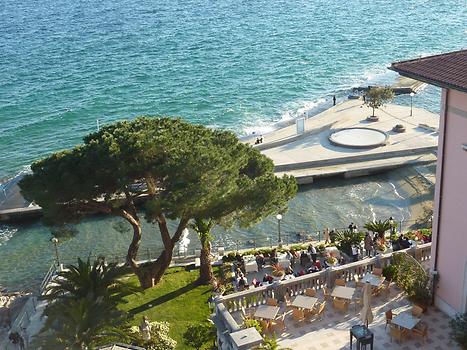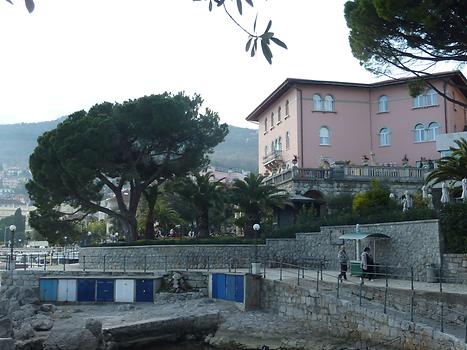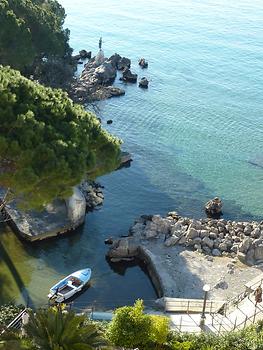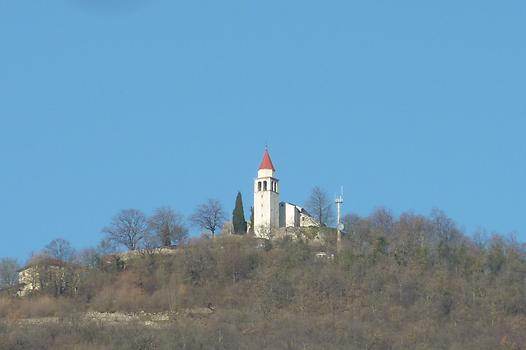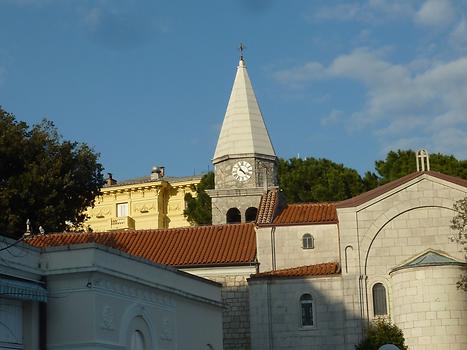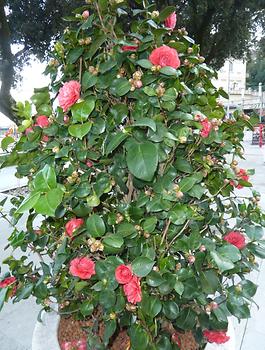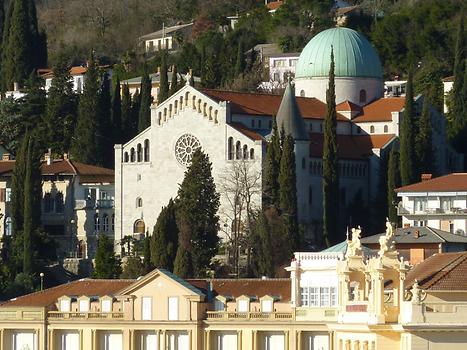Opatjia#
Opatija (German: Sankt Jakobi; Italian: Abbazia) Opatjia,Croatia is a town of some 10.000 in western Croatia, just southwest of Rijeka Rijeka on the Adriatic coast. It is situated in the Gulf of Kvarner in a sheltered position at the foot of a mountain ridge rising to 1400 m. It was and is a popular summer and winter resort, with average temperatures of 10 °C in winter, and 25 °C in summer. Even the Austrian emperor Franz Joseph I used to spend several months here during the winter. Many of the late 19th-century luxury hotels and villas have survived Opatija’ tumultuous history.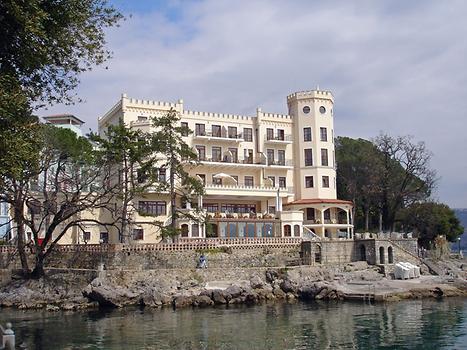
One of the restored old hotels: Miramar Opatija
Photo: Pixabay
Photo: Pixabay

The statue was demolished by communists after the end of World War II. A gilded variant stands now in front of Saint Jacobs Church.
Photo: Pixabay
Photo: Pixabay
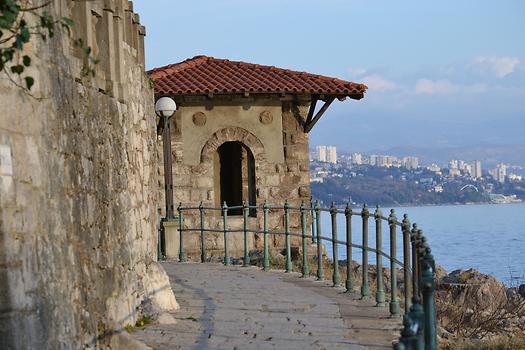
Walk along city wall and sea.
Photo: pixabay.com
Photo: pixabay.com

